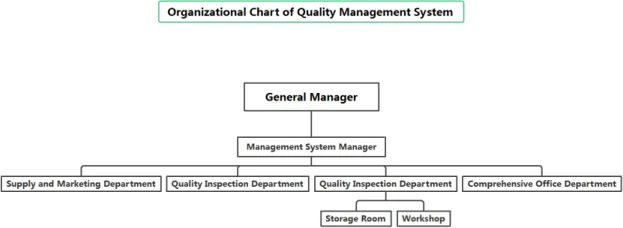
News
Nov . 09, 2024 01:01 Back to list
Exploring the Role of Glyphosate Chelators in Environmental and Agricultural Applications
Glyphosate and Its Role as a Chelator An In-Depth Analysis
Glyphosate, a broad-spectrum systemic herbicide, has gained notoriety in various agricultural and environmental contexts since its introduction in the 1970s. Primarily known for its effectiveness in killing weeds by inhibiting a specific enzyme pathway, the shikimic acid pathway, glyphosate's role extends beyond herbicide applications. Recent studies have examined its potential as a chelator, influencing the availability of essential nutrients and heavy metals in the soil and plants.
Understanding Chelation
Chelation is a biochemical process where a chelating agent binds to metal ions, forming a stable complex. This interaction can enhance the solubility of metal ions in soil or prevent metals from causing toxicity in plants. Common chelating agents include EDTA (ethylenediaminetetraacetic acid) and citric acid, both of which play a significant role in soil chemistry by improving nutrient availability. The ability of substances to form stable complexes with metal ions is crucial in agriculture, especially in controlling micronutrient levels and mitigating metal toxicity.
Glyphosate as a Chelator
Research has suggested that glyphosate has chelating properties due to its ability to bind to metal ions. Glyphosate contains functional groups, specifically the carboxylate group, which can interact with metal ions such as iron, manganese, and zinc. This interaction can influence the bioavailability of these essential nutrients for plants.
Recent studies indicate that glyphosate can form stable complexes with certain metal ions, possibly reducing their availability to plants. For instance, glyphosate has been shown to chelate iron, which is crucial for chlorophyll synthesis and overall plant health. In iron-deficient conditions, the presence of glyphosate could hinder its availability, leading to chlorosis and reduced crop yields.
glyphosate chelator

Implications for Agriculture
The chelating ability of glyphosate raises implications for agricultural practices. Glyphosate-resistant crops have been introduced to enhance weed management while reducing tillage practices. However, the interaction of glyphosate with soil micronutrients necessitates careful management. Farmers need to monitor soil health and nutrient levels to avoid potential deficiencies that could arise from glyphosate applications.
The chelation properties of glyphosate can also influence the mobility of heavy metals in soils. While glyphosate binds to essential nutrients, it may also affect the behavior of toxic heavy metals, making them more bioavailable. This phenomenon could have environmental repercussions, as increased bioavailability of heavy metals may lead to greater uptake by plants, posing risks to human health through the food chain.
Environmental Concerns
The potential of glyphosate to act as a chelator has prompted environmental scientists to investigate its long-term effects on soil chemistry and plant uptake of metals. Concerns regarding glyphosate's role in contributing to soil degradation and disrupt soil microbial communities are ongoing issues in sustainability discussions. These environmental implications highlight the necessity for further research to elucidate the complex interactions between glyphosate and soil chemistry as well as plant physiology.
Conclusion
Glyphosate's role extends beyond being a mere herbicide; its potential as a chelator of metal ions indicates a multifaceted influence on agricultural practices and soil health. While glyphosate can enhance nutrient availability, its impact on essential metals and potential heavy metal mobility requires vigilant agricultural management. As the agriculture sector heads towards more sustainable practices, understanding glyphosate's comprehensive role becomes pivotal. Ongoing research will be essential to ensure that glyphosate applications do not inadvertently compromise plant health or lead to environmental hazards. By grasping these complexities, farmers and researchers can work towards ensuring that glyphosate remains effective while safeguarding soil health and agricultural sustainability.
-
Polyaspartic Acid Salts in Agricultural Fertilizers: A Sustainable Solution
NewsJul.21,2025
-
OEM Chelating Agent Preservative Supplier & Manufacturer High-Quality Customized Solutions
NewsJul.08,2025
-
OEM Potassium Chelating Agent Manufacturer - Custom Potassium Oxalate & Citrate Solutions
NewsJul.08,2025
-
OEM Pentasodium DTPA Chelating Agent Supplier & Manufacturer High Purity & Cost-Effective Solutions
NewsJul.08,2025
-
High-Efficiency Chelated Trace Elements Fertilizer Bulk Supplier & Manufacturer Quotes
NewsJul.07,2025
-
High Quality K Formation for a Chelating Agent – Reliable Manufacturer & Supplier
NewsJul.07,2025
